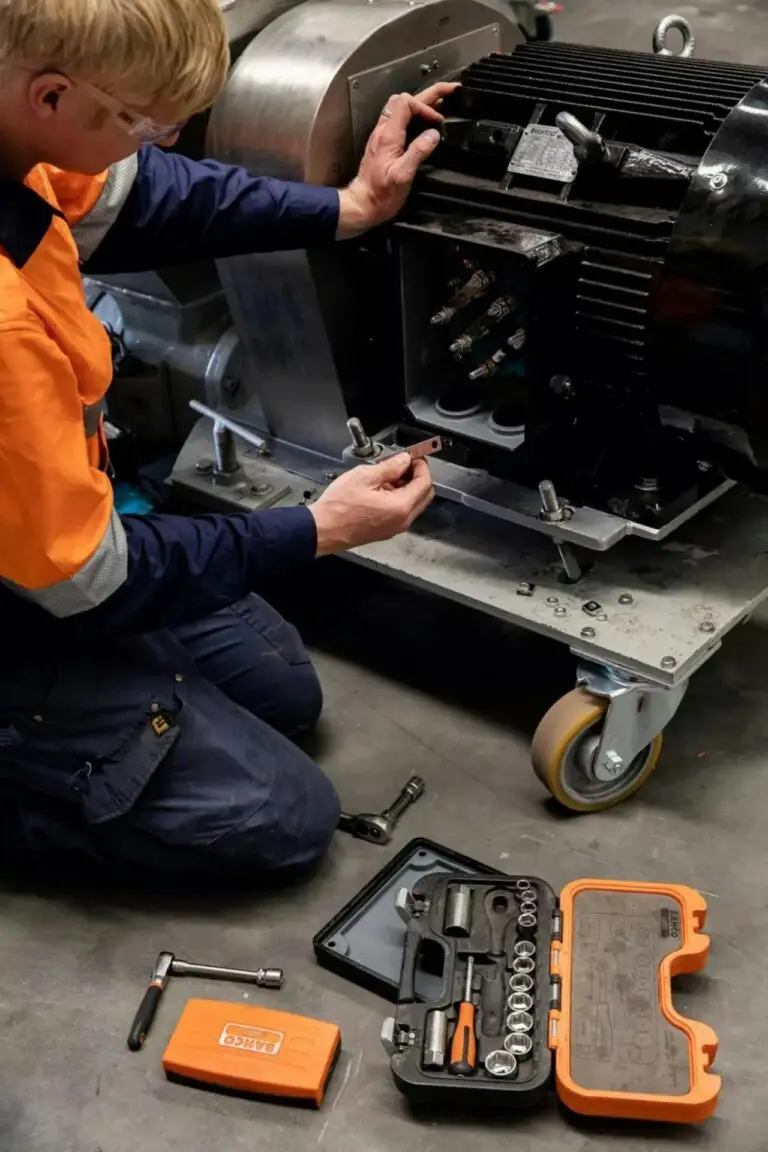Inventory management is a critical aspect of running a small auto service business. Efficiently managing your parts and supplies can lead to improved cash flow, reduced waste, and better customer service. However, many small business owners face challenges in balancing inventory levels with customer demand. This blog post outlines effective inventory management strategies tailored to small auto service businesses, ensuring you have the right parts at the right time without tying up too much capital.
Understanding Your Inventory Needs
Assess Your Inventory Regularly
The first step in effective inventory management is understanding what you have, what you need, and what you can do without. Regularly assess your inventory to identify fast-moving items that need frequent restocking and slow-moving items that tie up your capital. This ongoing assessment will help you make informed decisions about ordering and stock levels.
Categorize Your Inventory
Not all inventory items are created equal. Categorize your inventory based on demand, cost, and turnover rate. This categorization can help you prioritize your management efforts, focusing on high-value or high-demand items that significantly impact your business operations.
Leveraging Technology for Inventory Management
Implement an Inventory Management System
Gone are the days of manual inventory tracking. Today, various affordable inventory management systems are designed for small businesses. These systems can automate the tracking of parts and supplies, reorder stock based on predefined thresholds, and provide real-time inventory reports. Investing in such a system can save time, reduce errors, and improve operational efficiency.
Use Data to Forecast Demand
Utilize your inventory management system to analyze sales data and forecast future demand. Understanding seasonal trends, popular services, and customer preferences can help you anticipate what parts and supplies you’ll need, ensuring you’re prepared for busy periods without overstocking.
Streamlining Your Ordering Process
Establish Strong Relationships with Suppliers
Developing good relationships with your suppliers can lead to better prices, more favorable terms, and priority service when you need it most. Communicate regularly with your suppliers about your needs and performance expectations. In some cases, you may be able to negotiate consignment arrangements for high-value items, keeping them in stock at your shop without paying for them upfront.
Consolidate Orders When Possible
Consolidating orders can save on shipping costs and simplify your inventory management process. Whenever possible, plan your orders to minimize the number of shipments and take advantage of bulk order discounts. However, be mindful not to overorder to save on shipping, as this can lead to excess inventory and wasted capital.
Maintaining Inventory Accuracy
Conduct Physical Counts
Even with the best inventory management system, regular physical counts are essential to ensure accuracy. Schedule counts during slower business periods and compare the results with your system’s records to identify any discrepancies. Regular audits can help you catch errors, theft, or other issues affecting your inventory levels.
Train Your Team
Your inventory management system is only as good as the people using it. Train your team on the importance of inventory management and how to properly receive, record, and manage stock. Establish clear procedures for handling inventory and ensure everyone follows them to maintain accuracy and accountability.
Actionable Steps for Improving Inventory Management
- Audit Your Inventory: Start with a thorough audit of your current inventory. Identify what items are overstocked, understocked, or obsolete.
- Choose the Right Inventory Management Software: Research and invest in inventory management software that fits your business size, needs, and budget. Look for features like demand forecasting, automatic reordering, and real-time reporting.
- Analyze Sales Data: Use your software to analyze sales data and identify patterns. This analysis will help you forecast demand more accurately.
- Develop Relationships with Suppliers: Reach out to your suppliers to discuss your business needs. Negotiate better terms and explore consignment opportunities for expensive items.
- Implement Regular Training Sessions: Conduct training sessions for your staff on inventory management practices and the use of inventory software. Make sure everyone understands the role they play in maintaining accurate inventory levels.
- Schedule Regular Physical Counts: Plan for regular physical inventory counts, adjusting the frequency based on the turnover rate of different items. Use these counts to adjust your inventory records and identify areas for improvement.
- Review and Adjust Your Inventory Strategy Regularly: Inventory management is not a set-it-and-forget-it process. Regularly review your inventory strategy and make adjustments based on changing demand, new services, or other factors that impact your inventory needs.
By implementing these strategies, small auto service businesses can achieve more efficient inventory management, leading to better financial health, improved customer satisfaction, and smoother day-to-day operations. Effective inventory management requires ongoing attention and adaptation, but with the right approach, it can provide a solid foundation for the success and growth of your business.

